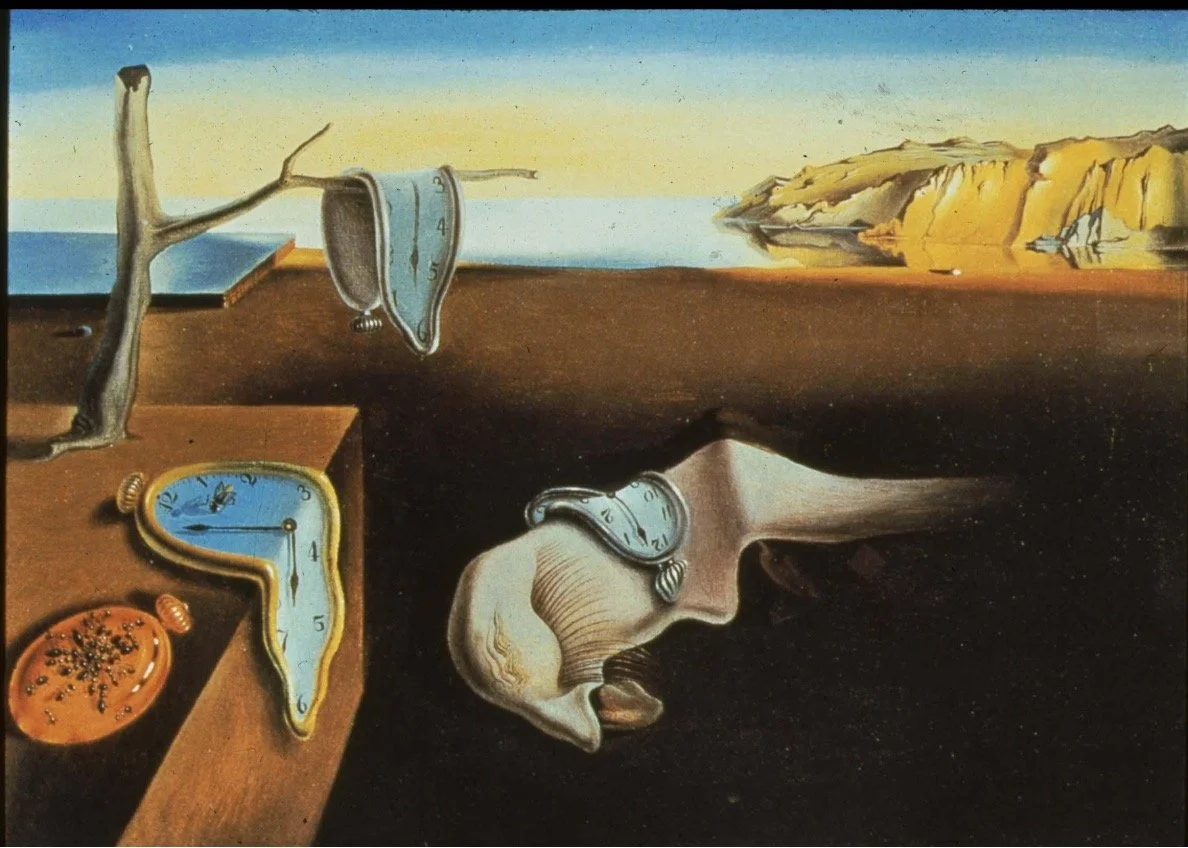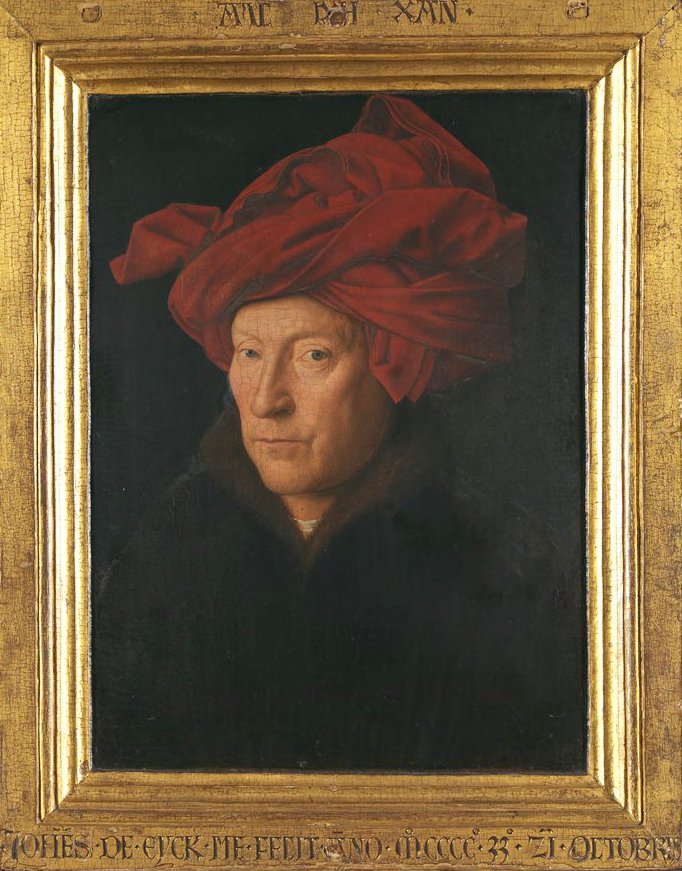
The Beginnings of the Buddha Image in India and Central Asia | Ronald M. Davidson Art History Lecture
Tuesday, March 3, 2026
7:30 PM
Images of the Buddha are among the most widely distributed religious representations. While the Buddha himself was South Asian, the origins of the image of the Buddha remain something of a paradox. The earliest descriptions of him were extraordinary, but Indian Buddhists curiously decided not to represent the Buddha as a human figure for some centuries, only denoting him by symbols. Around the beginning of the Common Era, two traditions of the Buddha image suddenly emerged, essentially fully developed from the schools of Mathurā in North India and of Gandhāra, bordering Central Asia. What had happened to make this dramatic change palatable to the Buddhist communities in India and Central Asia? We will look at images of the Buddha configured by Alexander the Great’s incursions, by image-driven forms of prevailing religion in India, temples to Central Asian kings, and North Indian spirit cults. Working through these influences—and more—the Buddhists managed to convey the Buddha’s sense of spirituality and interiority, spreading a legacy across Asia.






























